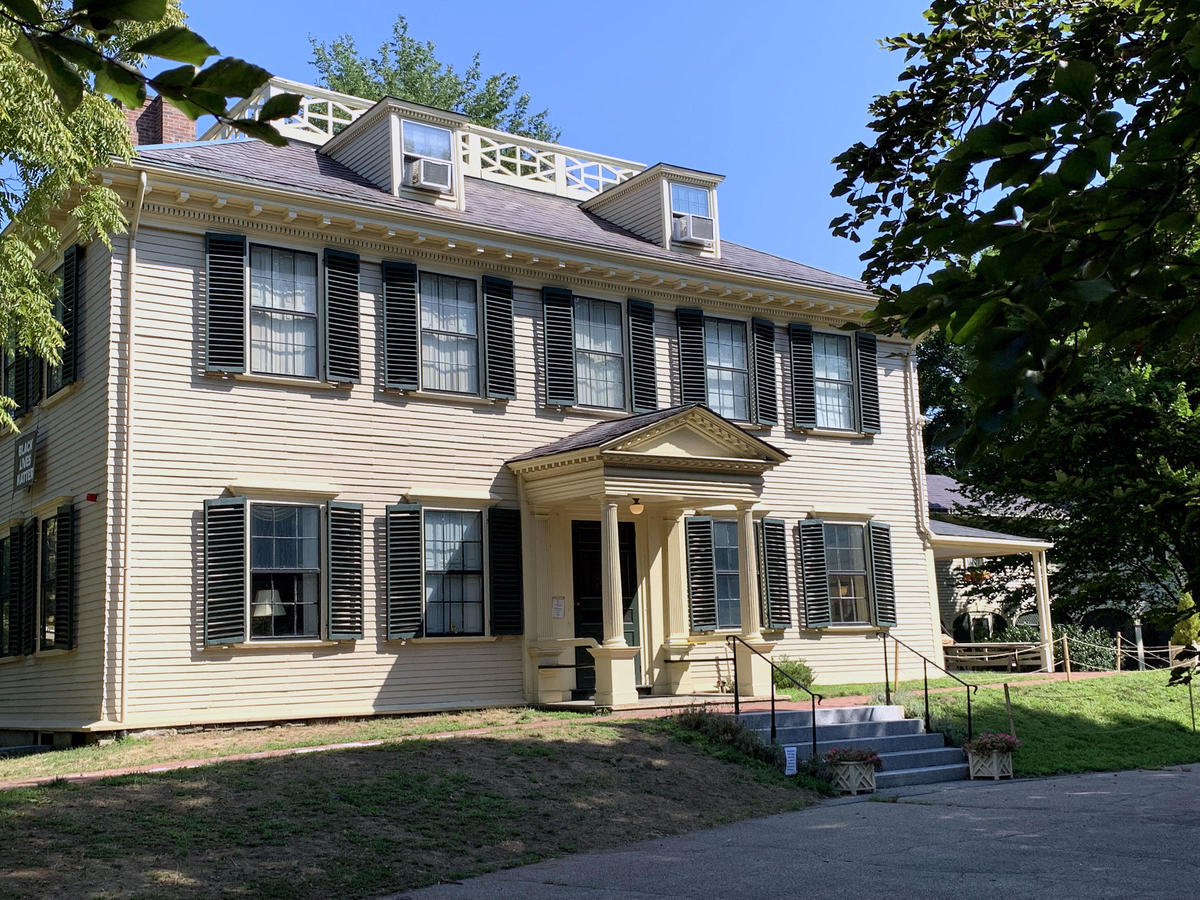Archeology at the Loring-Greenough House
This week the city of Boston’s archaeology program is undertaking a dig at the Loring Greenhough House in Jamaica Plain.
According to the city’s announcement, “The goal of this project will be to survey the basement of the house’s early 19th century summer kitchen and areas of the door yard ahead of planned improvements.”
On Facebook the team elucidated:
Early this week came this update:
According to the city’s announcement, “The goal of this project will be to survey the basement of the house’s early 19th century summer kitchen and areas of the door yard ahead of planned improvements.”
On Facebook the team elucidated:
Ahead of plans to lower the floor of the basement under the 1811 summer kitchen, we will conduct an archaeological investigation on the use and functions of that space so no potential cultural deposits are impacted by these improvements.Many people have used the site over the centuries:
The kitchen basement where we will be digging has three chambers: the western chamber labeled on historic plans as being part of a cistern, the center chamber containing the main supporting arch for the building extension and sitting directly under the fireplace in the kitchen above, and the eastern chamber which is accessible by a small doorway and may have been used for smoking food. We also want to determine if there are any pre-kitchen deposits or features that survived the creation of the basement.
- Indigenous Massachusett people left stone tools found in previous surveys.
- The Polley family were the first English people to build a home on the property, in the 1650s.
- Joshua Cheever, a Boston selectman from the North End, bought the Polley house in 1746; it’s unclear whether that became his country house or an investment property.
- Joshua Loring, who gained the rank of commodore in King George’s War, purchased the property, tore down the earlier building, and commissioned the Georgian mansion that survives today.
- After the Lorings left as Loyalists, the provincial and Continental Army used the deserted house for barracks and a hospital during the siege of Boston.
- The state confiscated the property and sold it to the widow Anna Doane, who then married lawyer David Stoddard Greenough.
Previous archaeological surveys of the Loring Greenough property don’t mention the presence of enslaved individuals on the property. We plan to address this by sharing their stories and hopefully locating deposits within the south yard that date to the pre-1785 time period when there is documentary evidence of enslaved people at the house.Cheever and Loring are known to have owned slaves while Stoddard set up an indenture for a small child born into slavery (as I’ll discuss tomorrow).
Early this week came this update:
We think that the parged [mortar-covered brick] surface to the west was the bottom of the cistern, which basically took up a whole third of the basement! That means that the brick wall was the only thing holding back thousands of gallons of water from the rest of the basement.People can visit the Loring-Greenough House from 9:00 A.M. to 4:00 P.M. on weekdays to see the archaeologists at work.


No comments:
Post a Comment